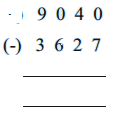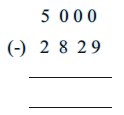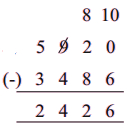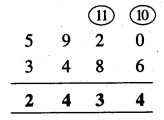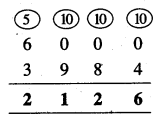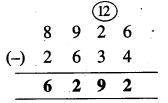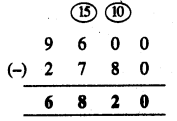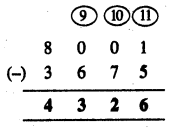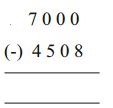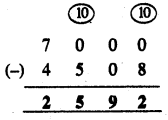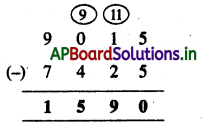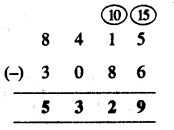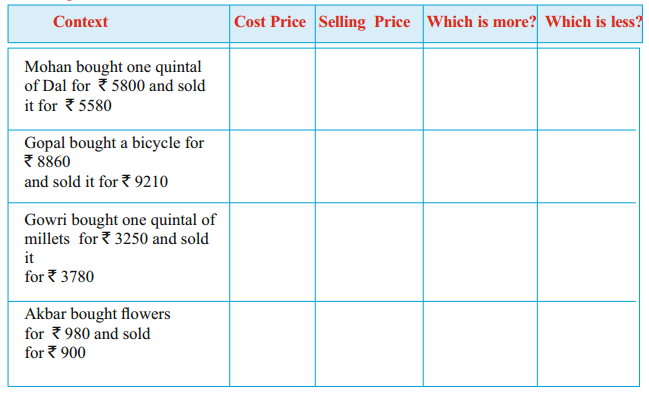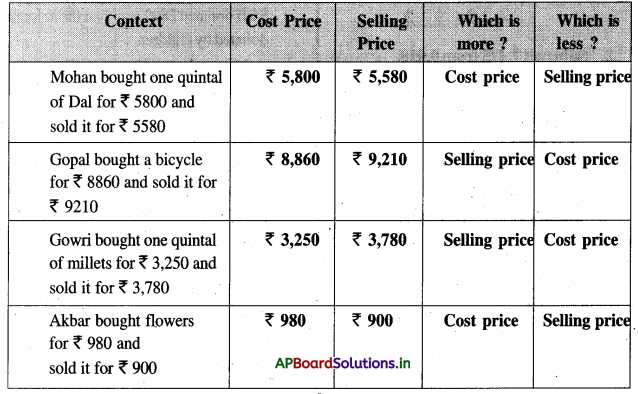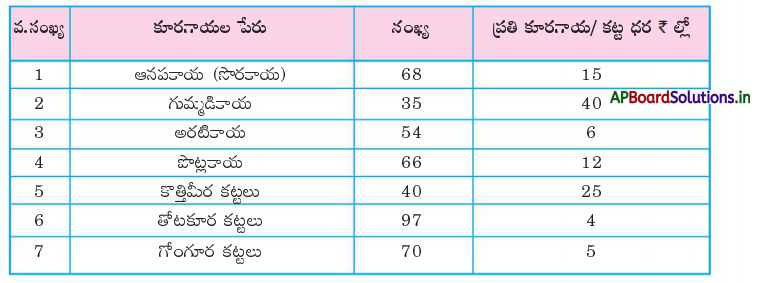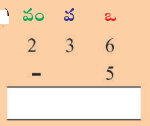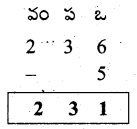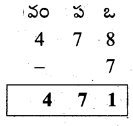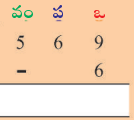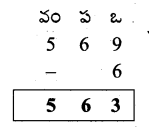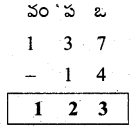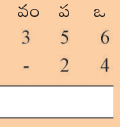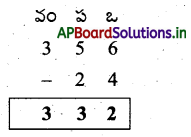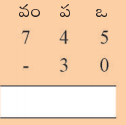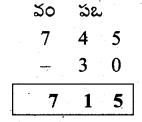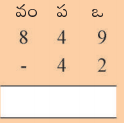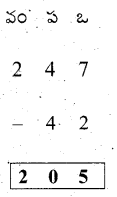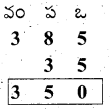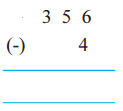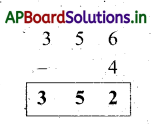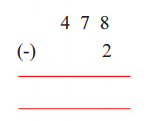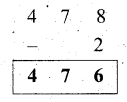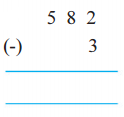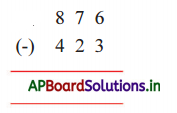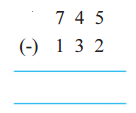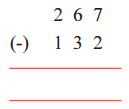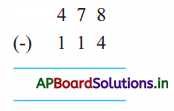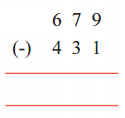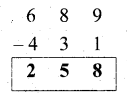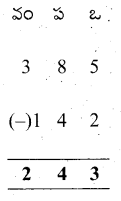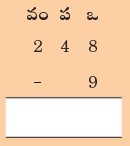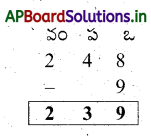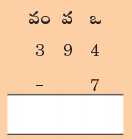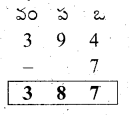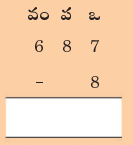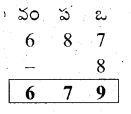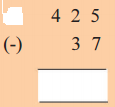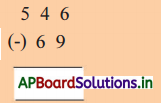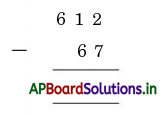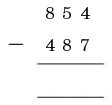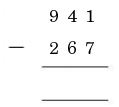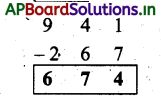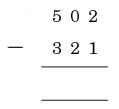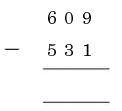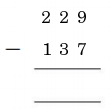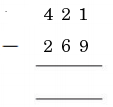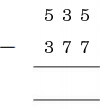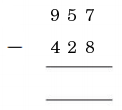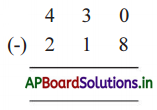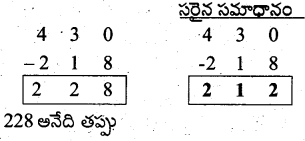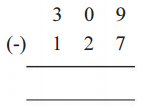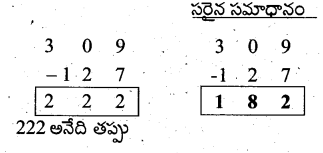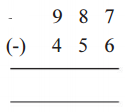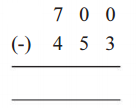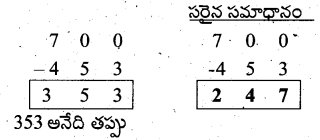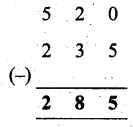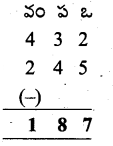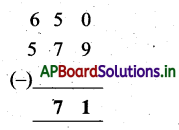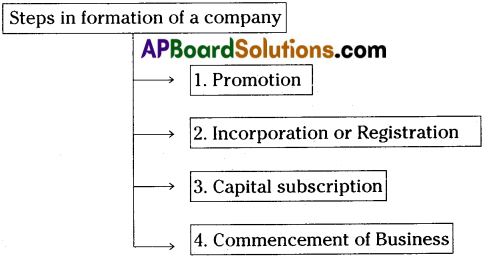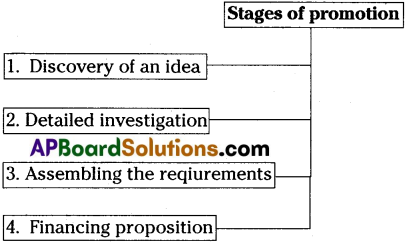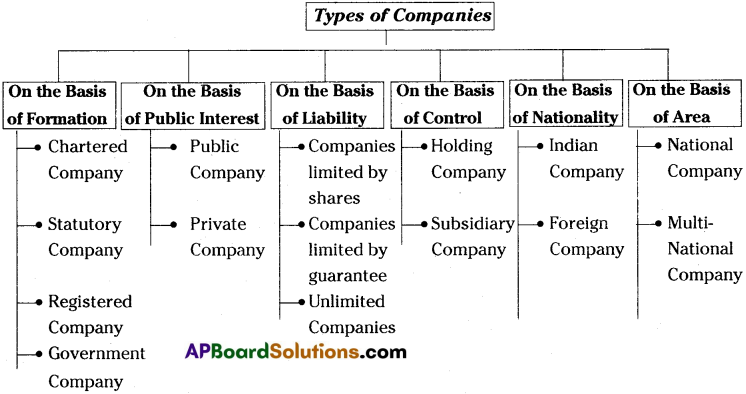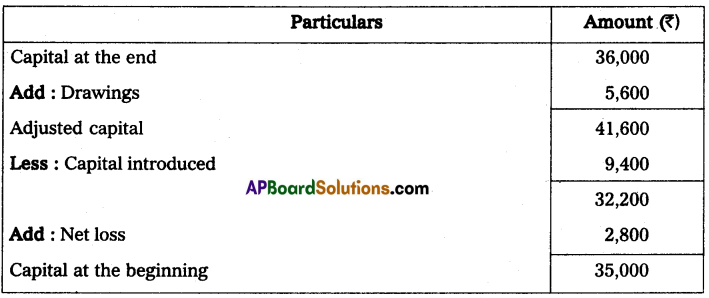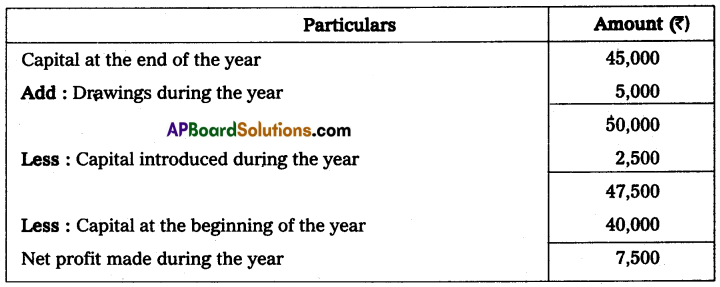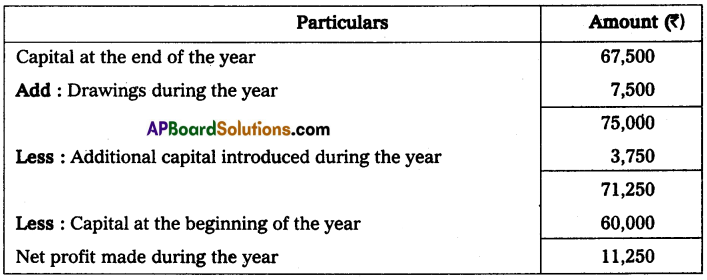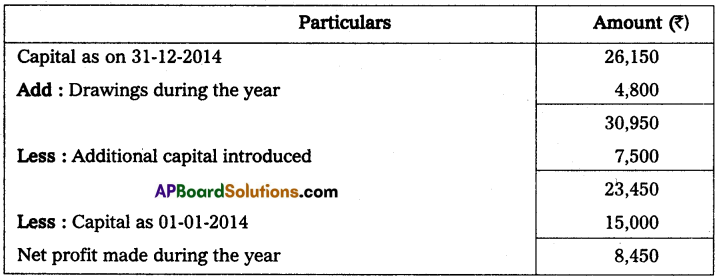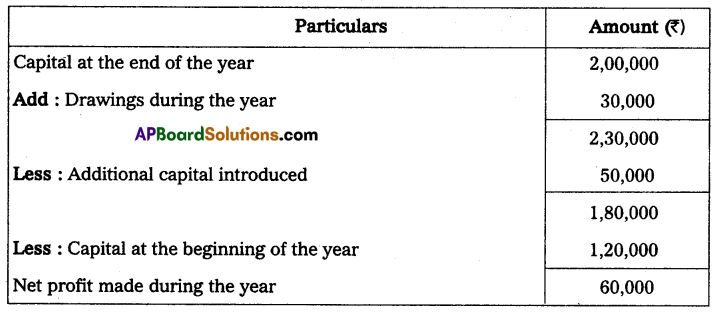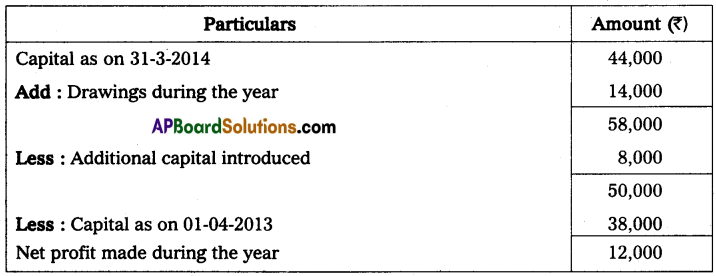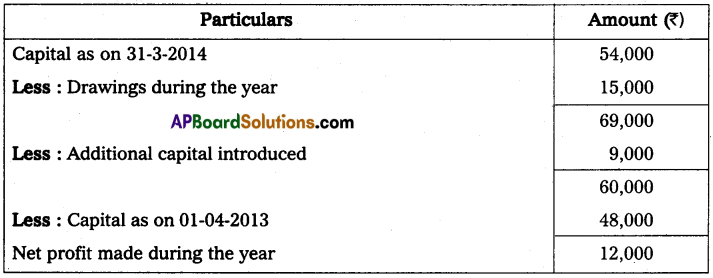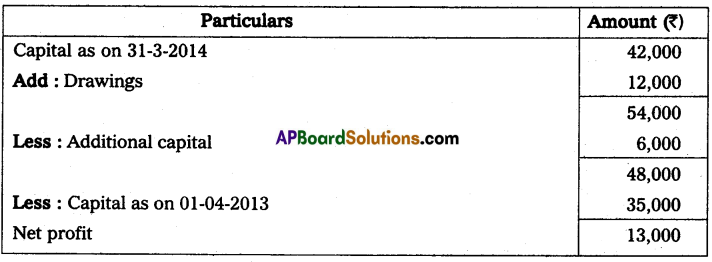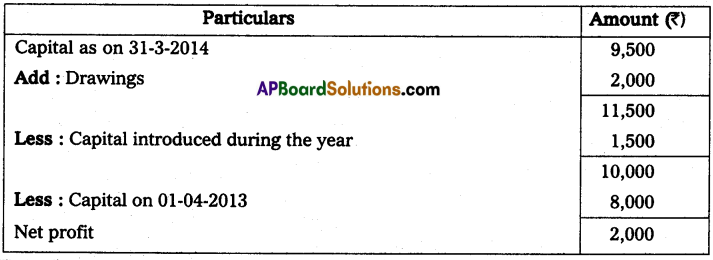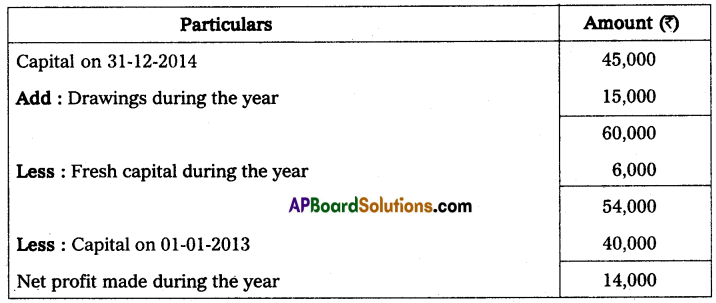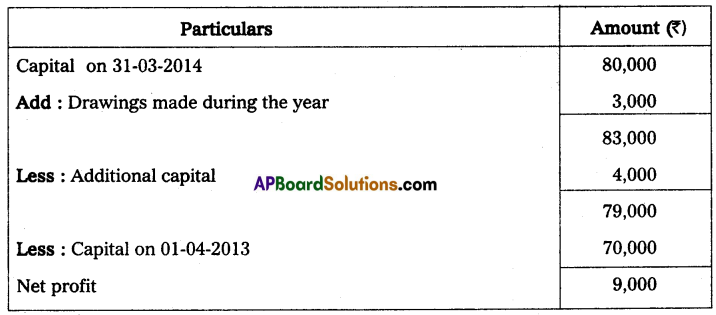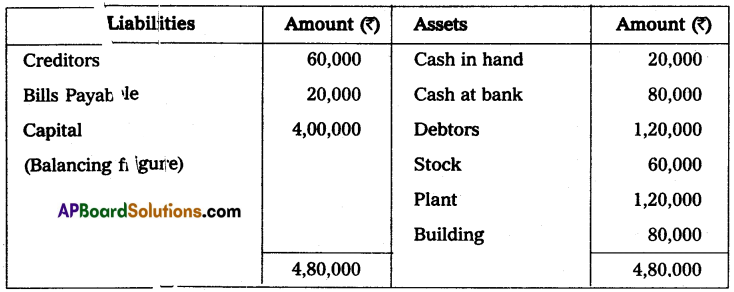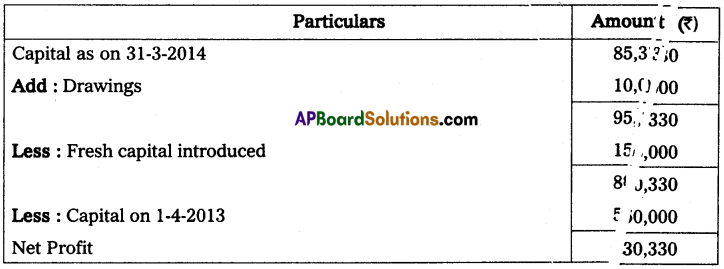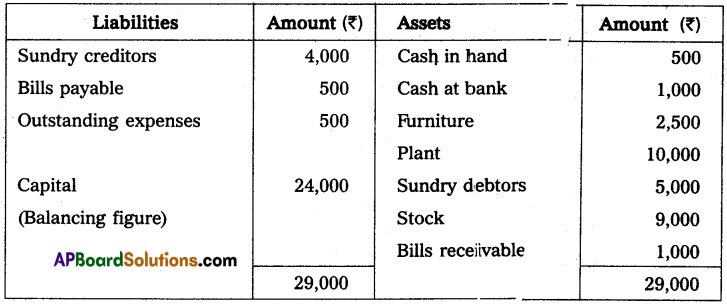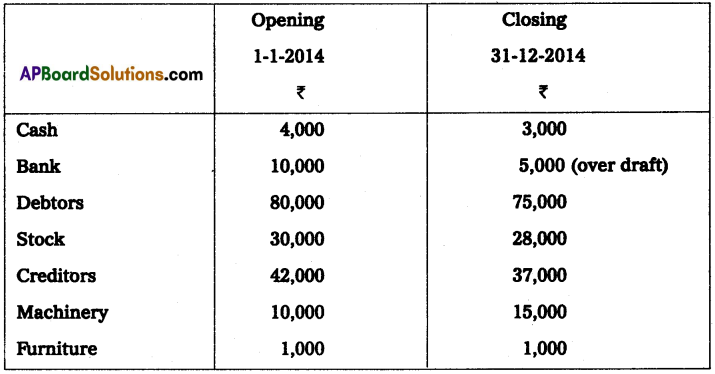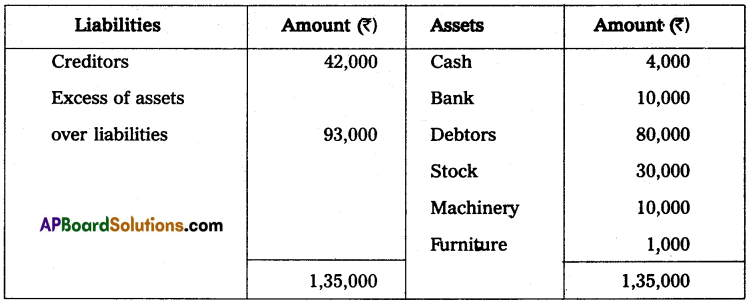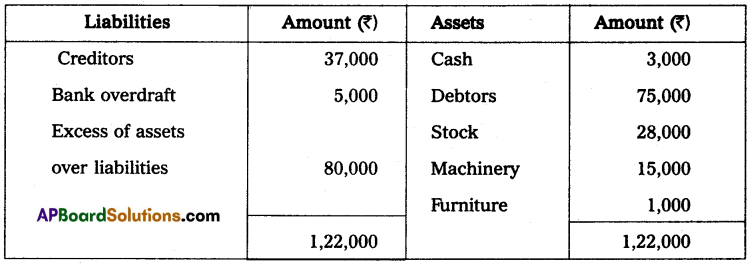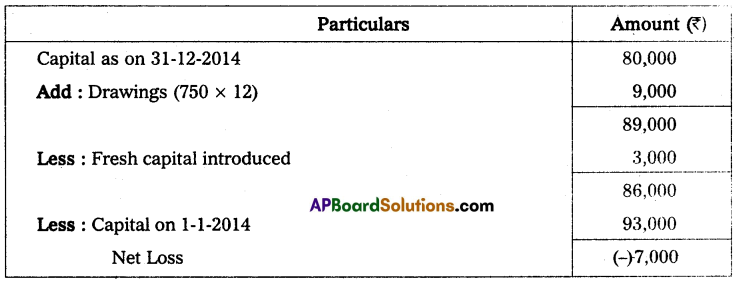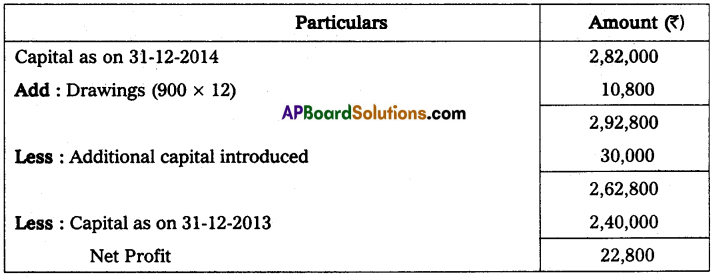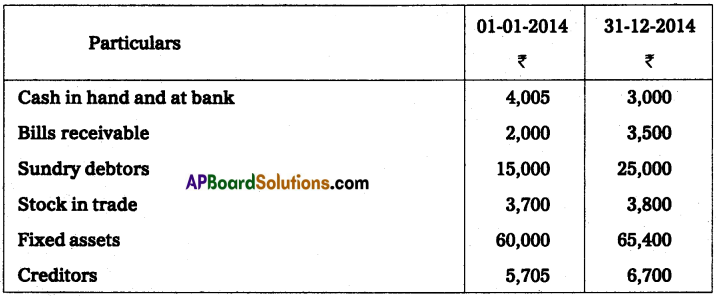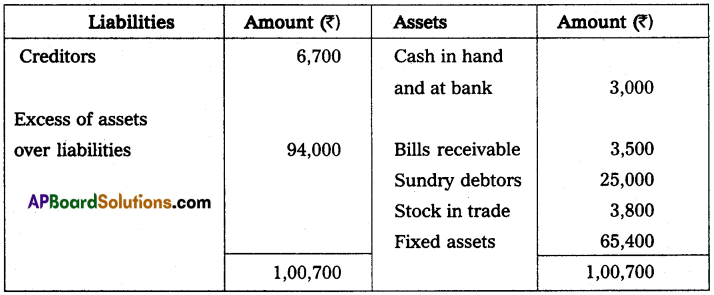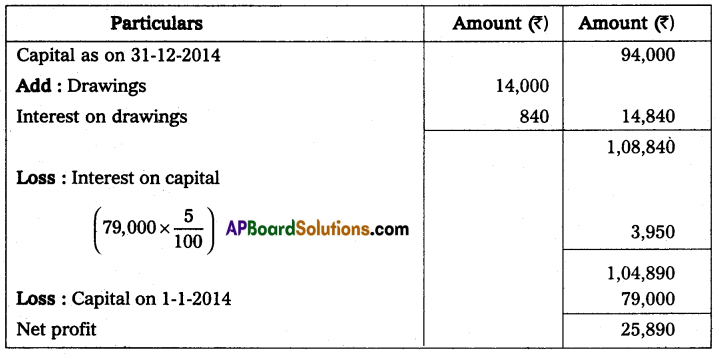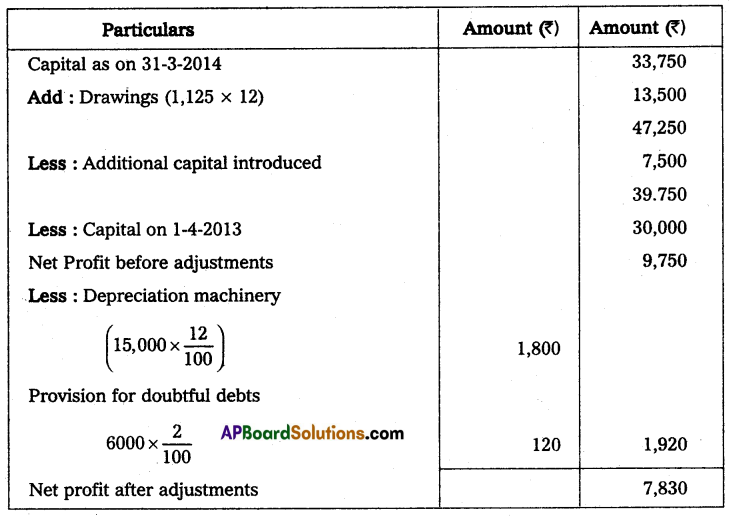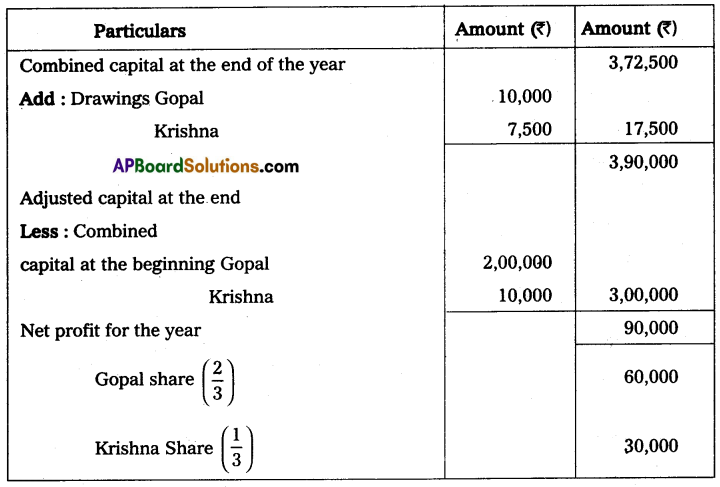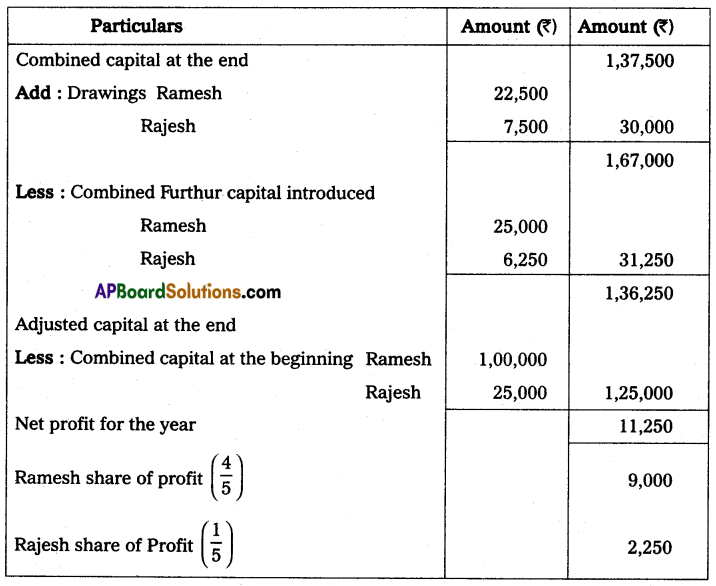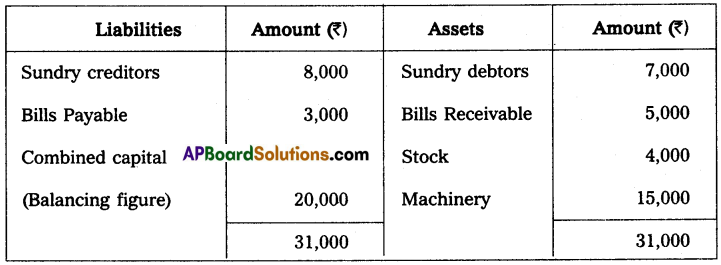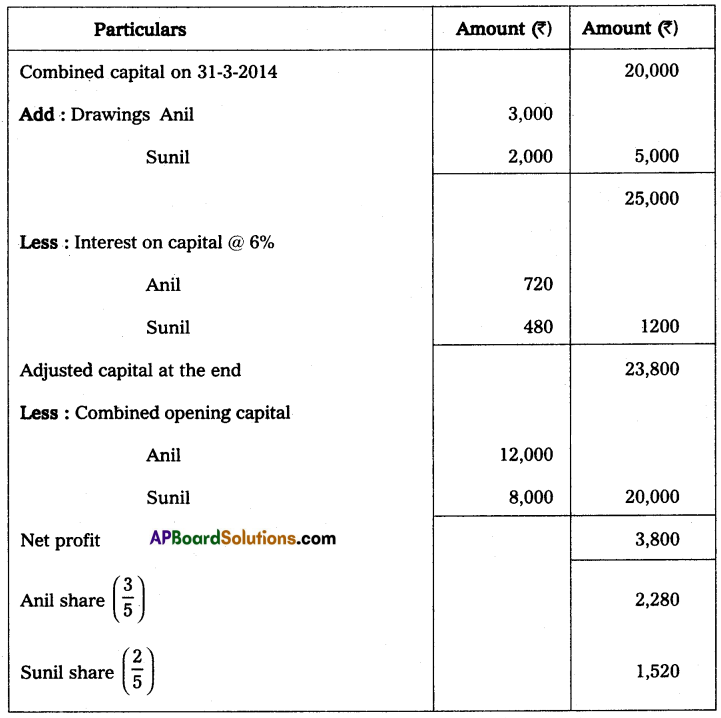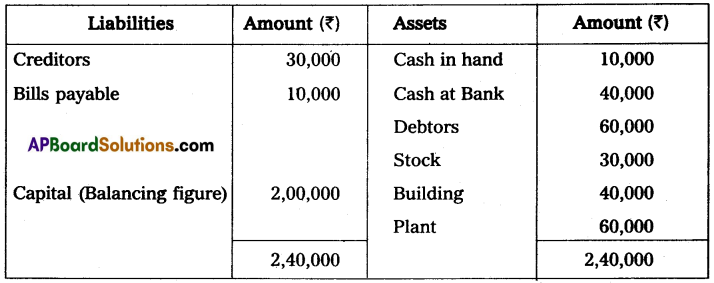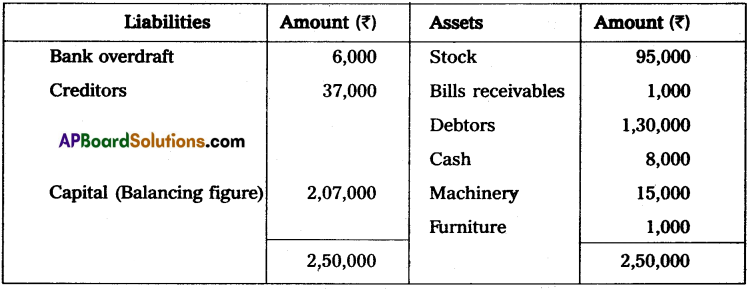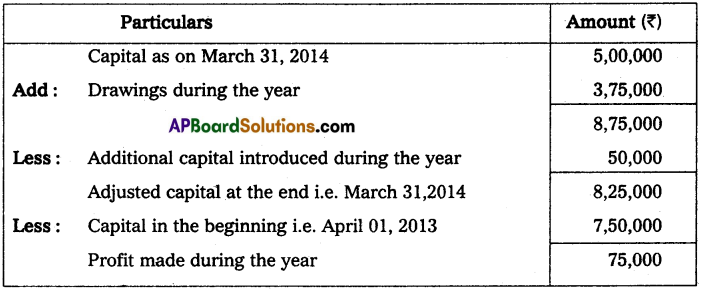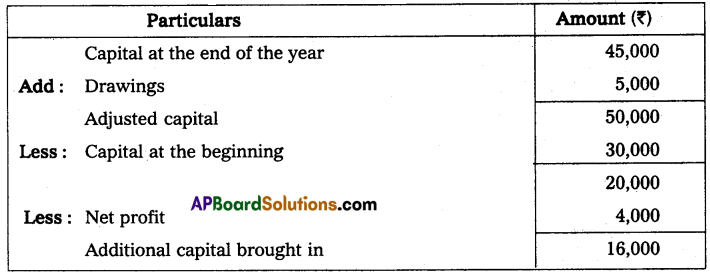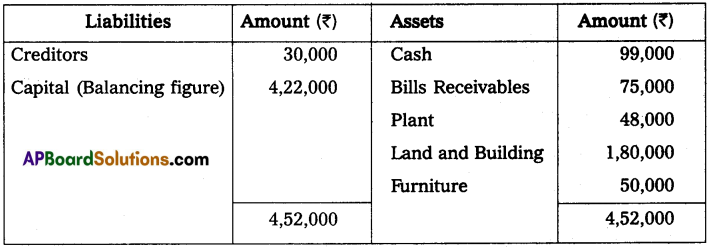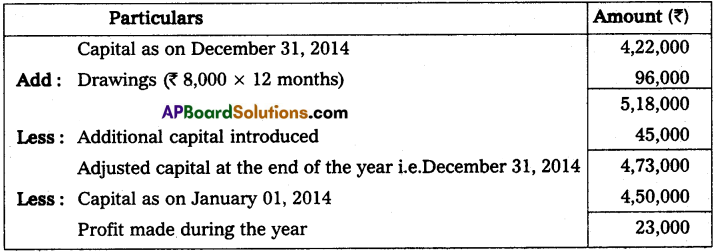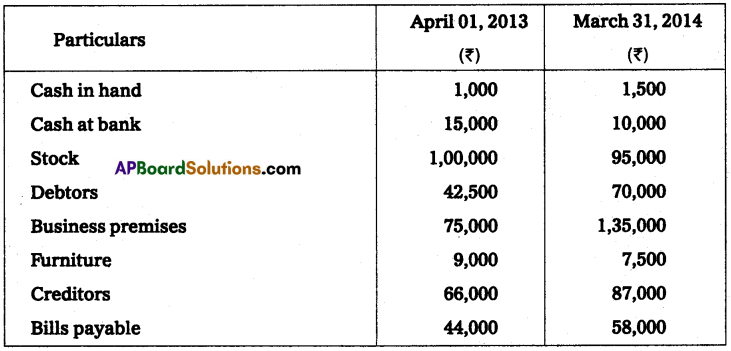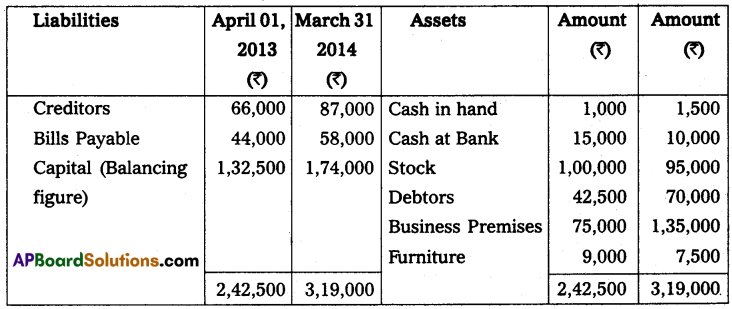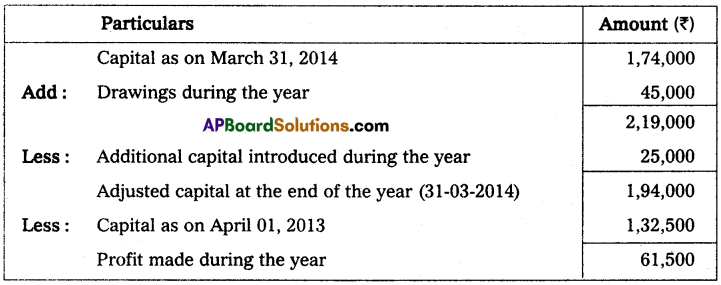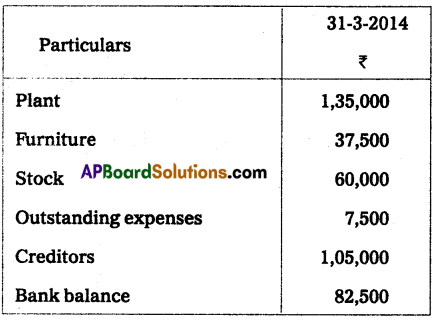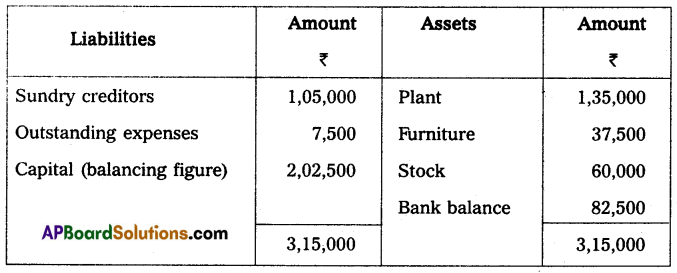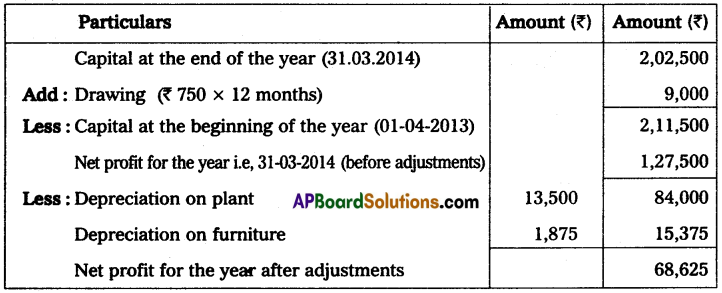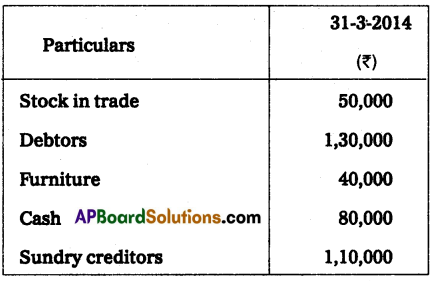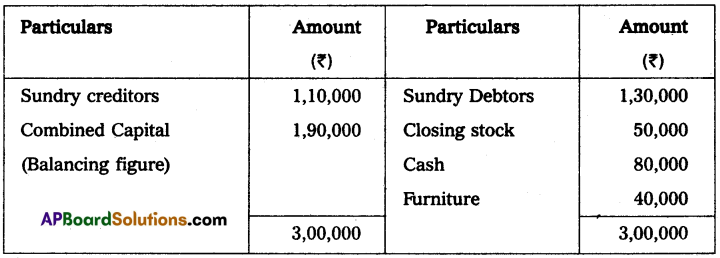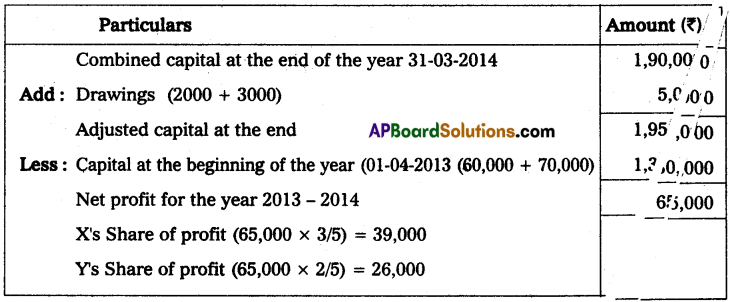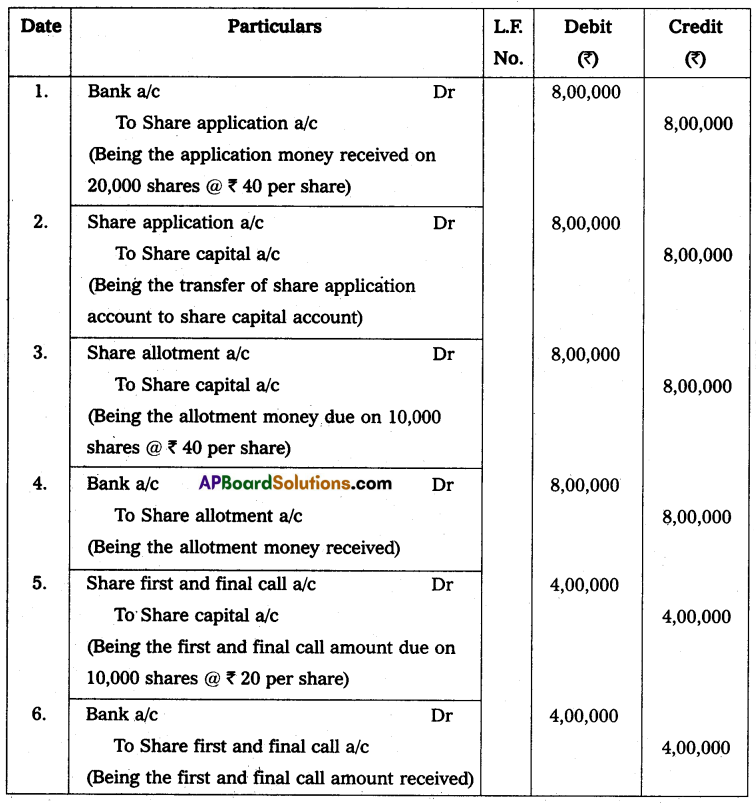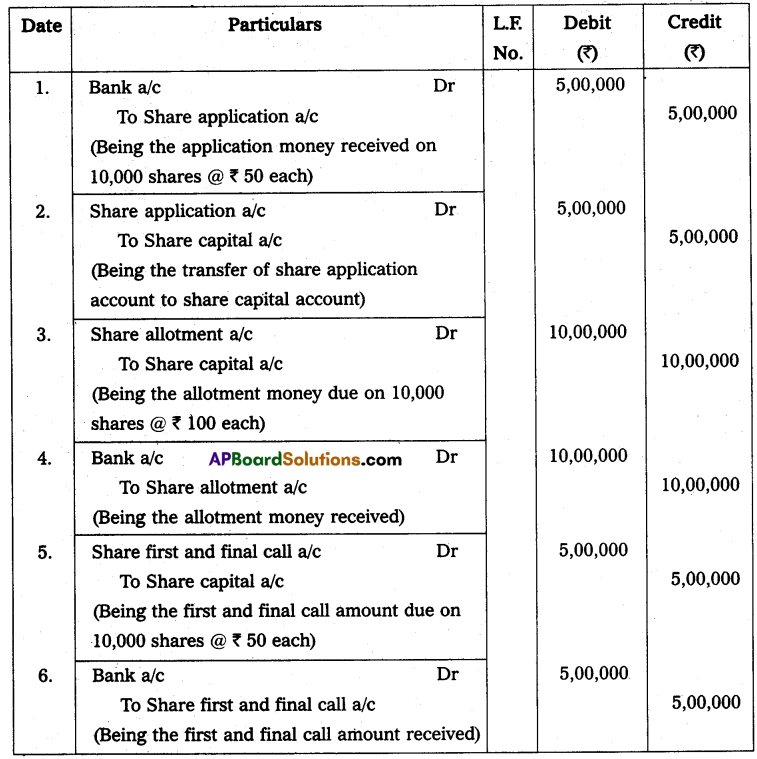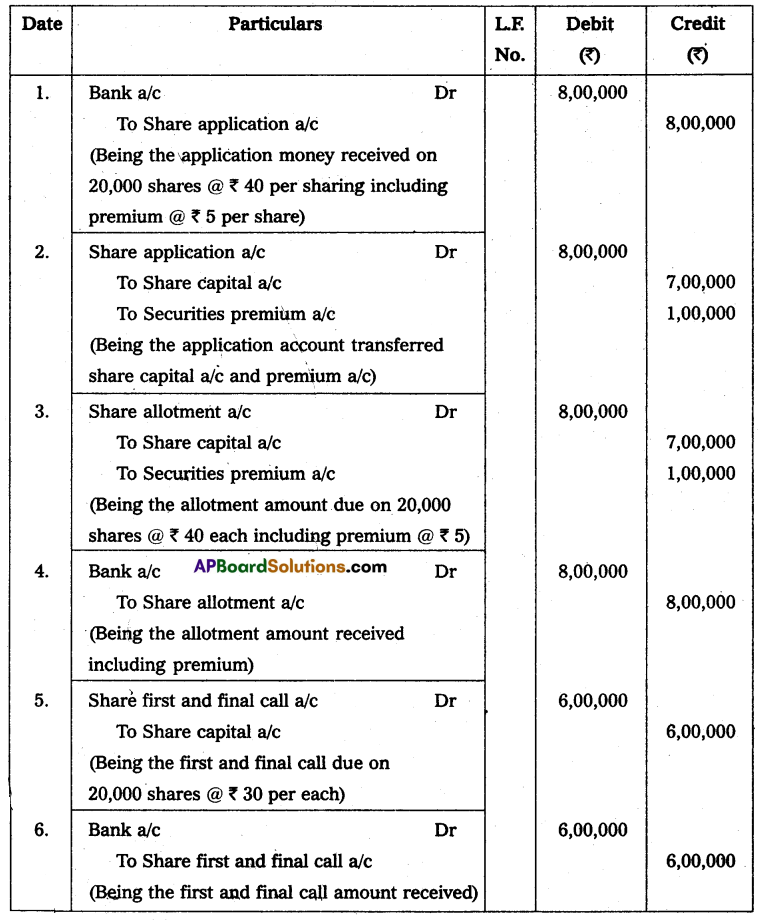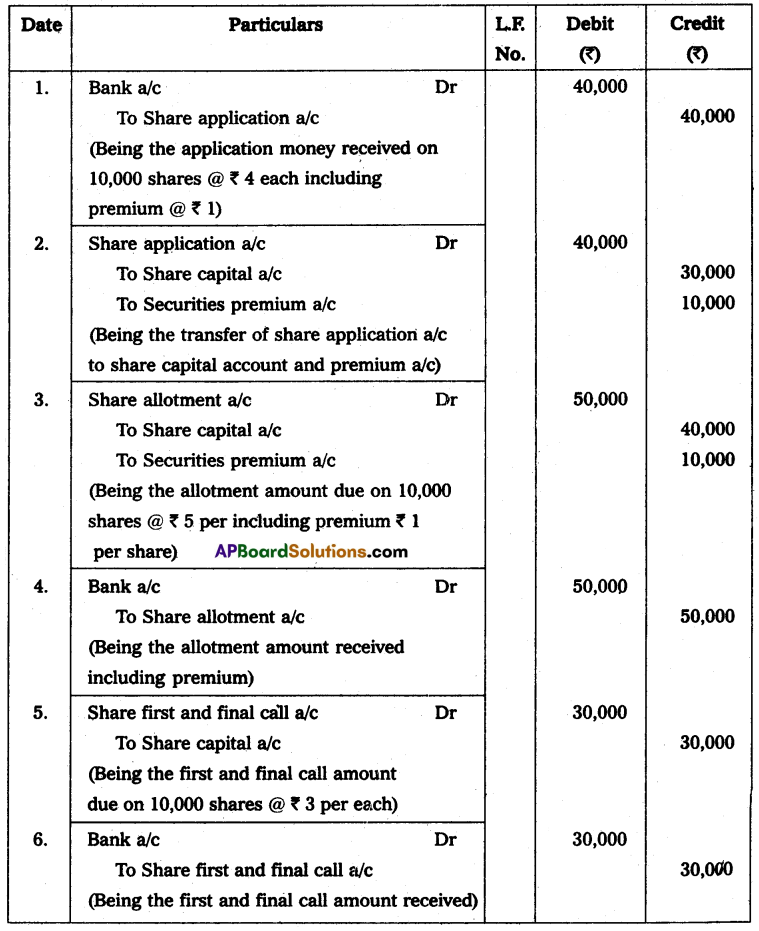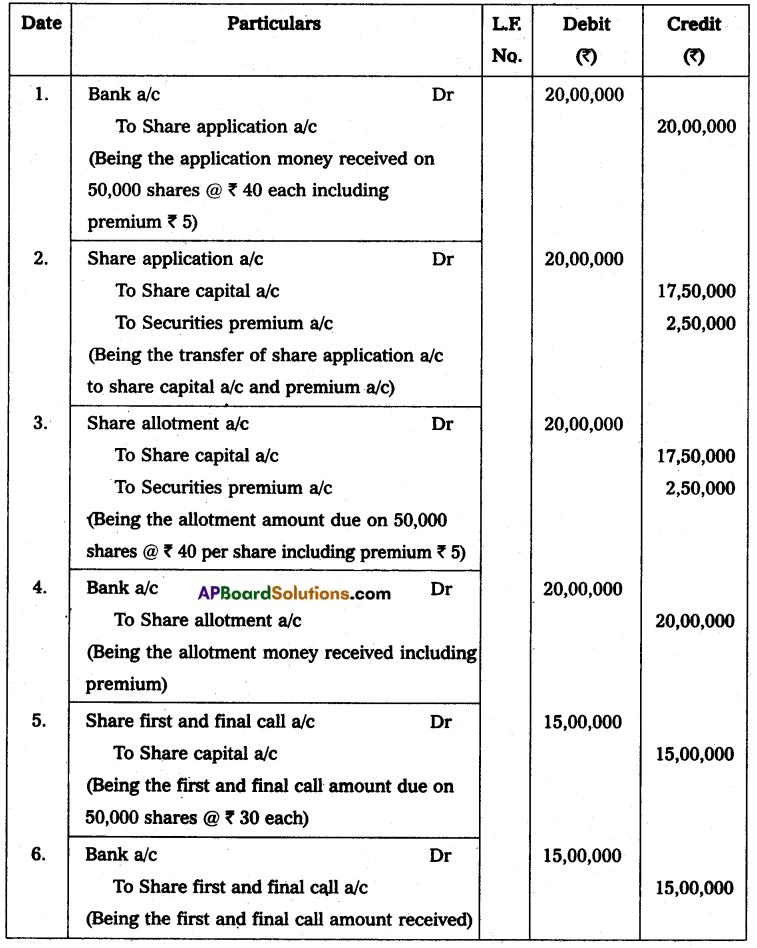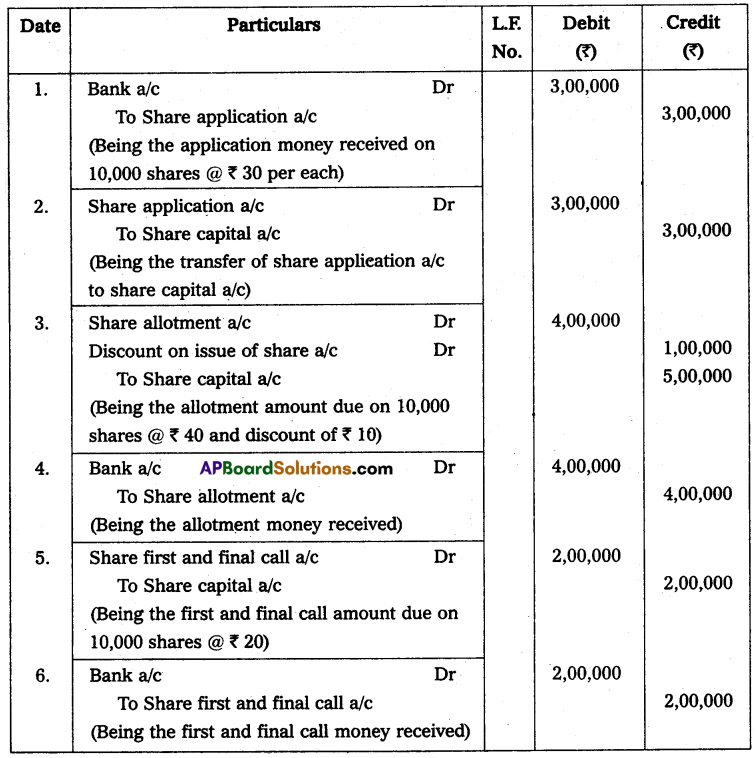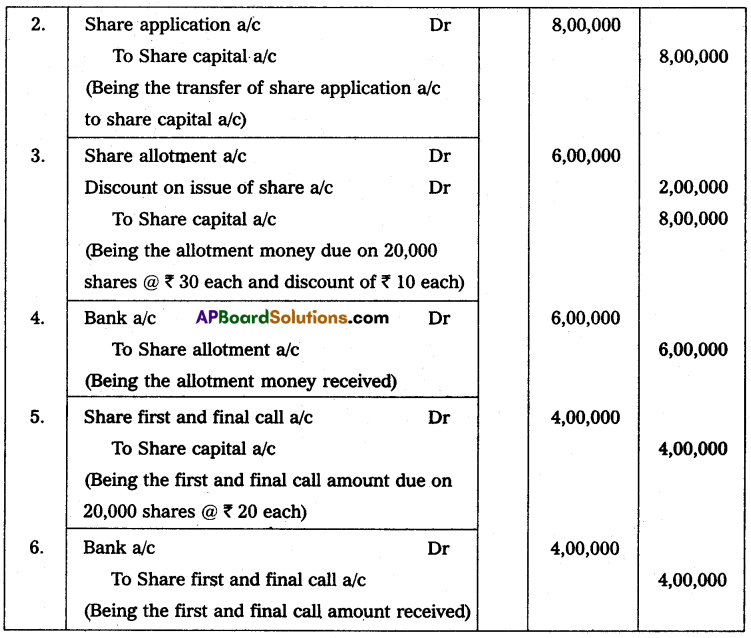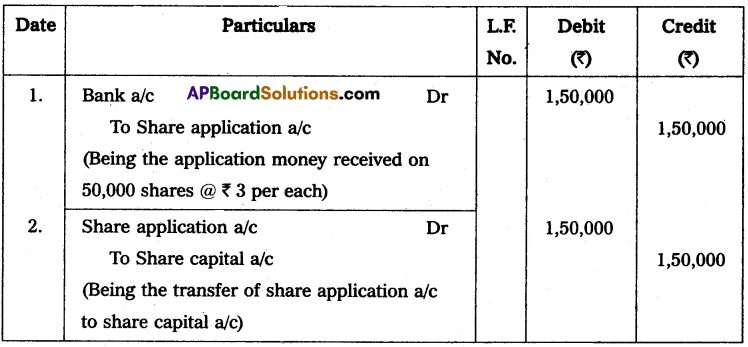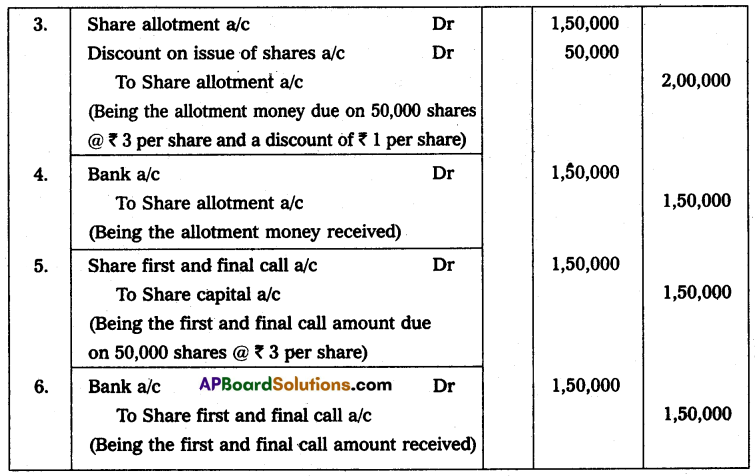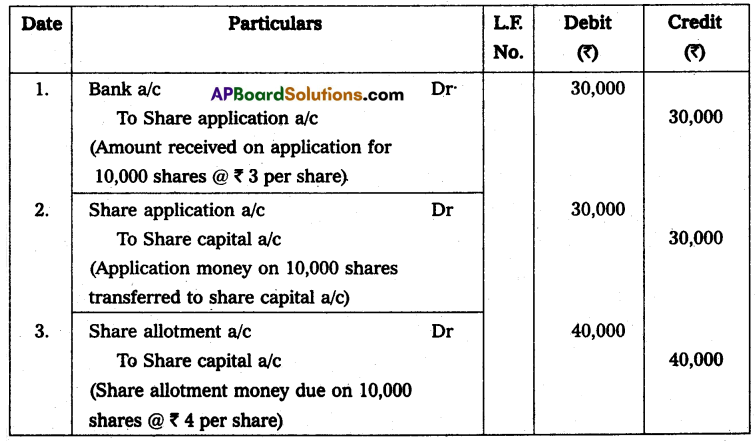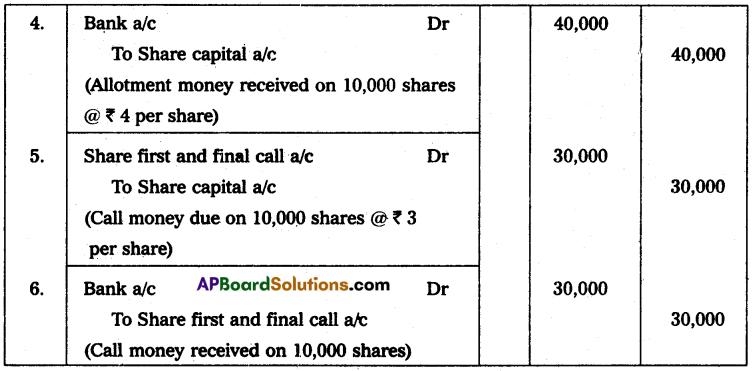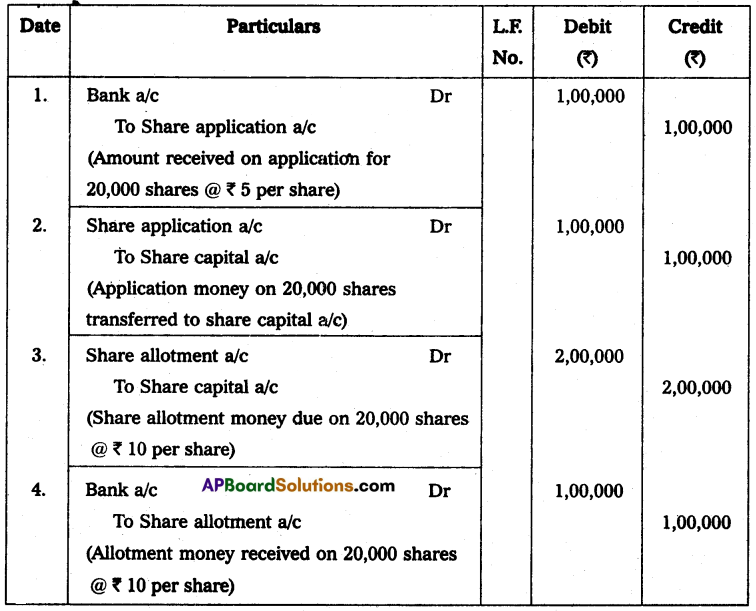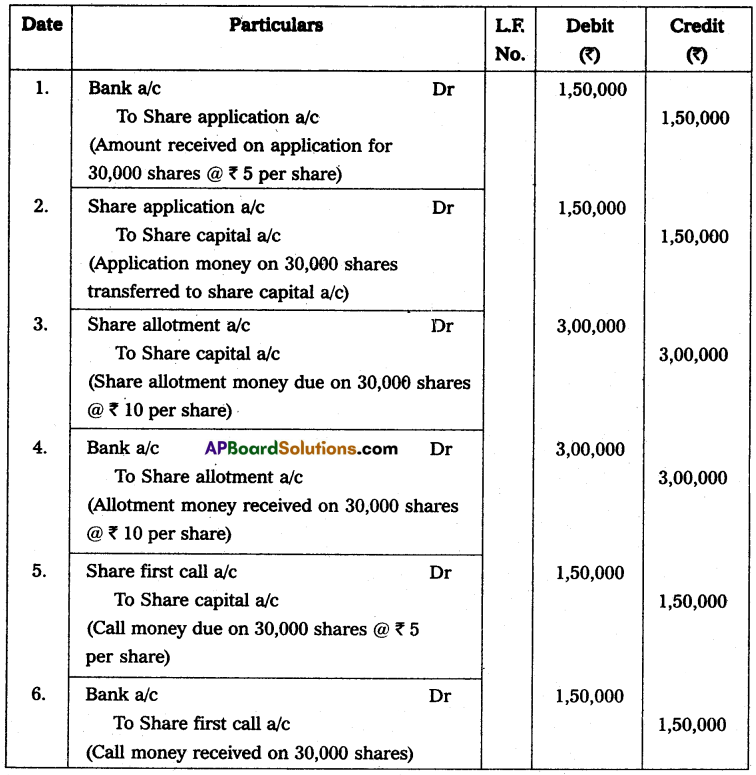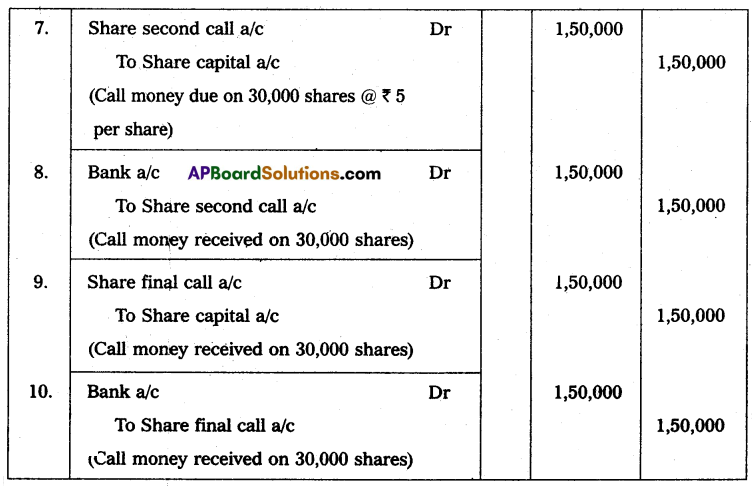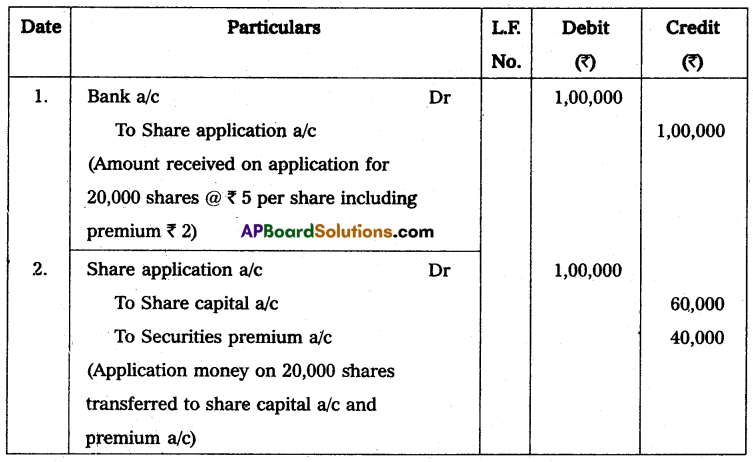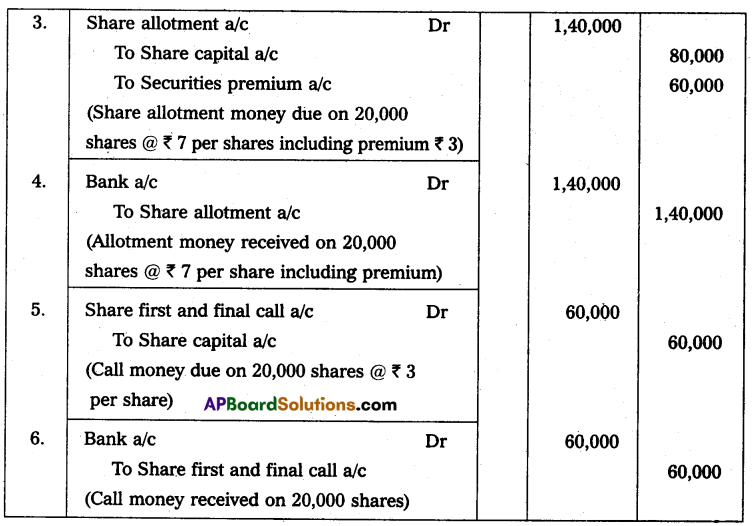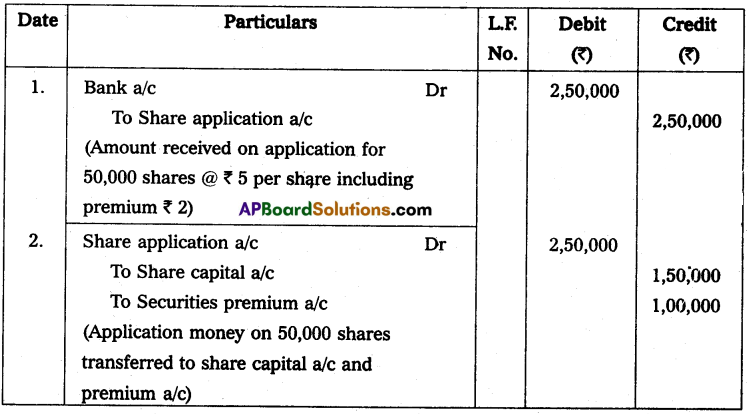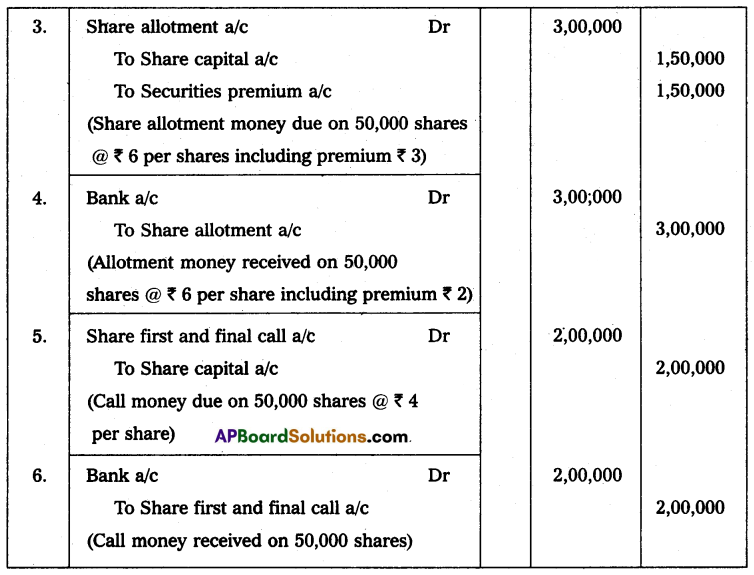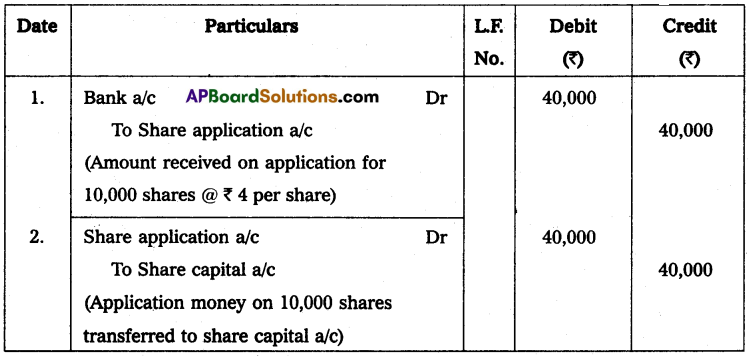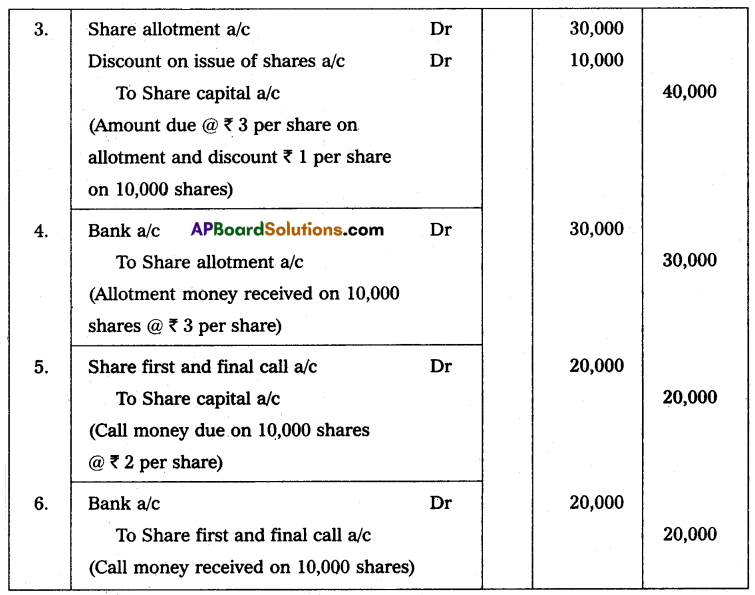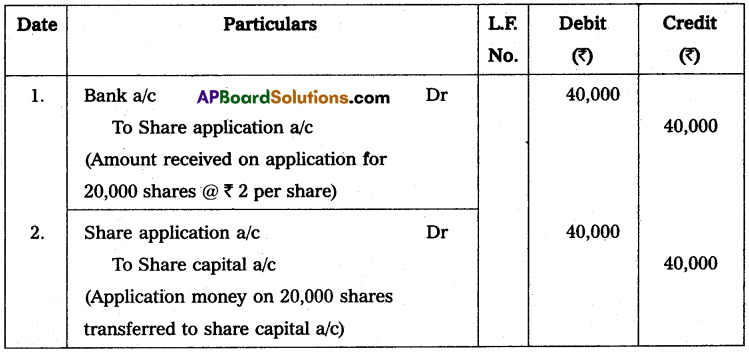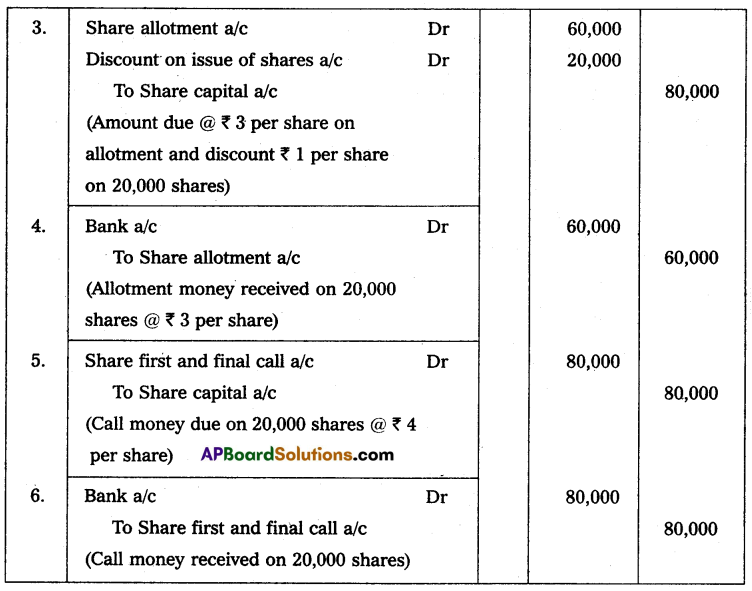Andhra Pradesh BIEAP AP Inter 1st Year Commerce Study Material 9th Lesson Sources of Business Finance-II Textbook Questions and Answers.
AP Inter 1st Year Commerce Study Material 9th Lesson Sources of Business Finance-II
Essay Answer Questions
Question 1.
1. Explain various sources of business finance available to Indian businessmen.
Answer:
A businessman can raise funds from various sources. On the basis of the period, sources of finance can be categorized into three. They are
- Long-term sources
- Medium-term sources
- Short-term sources
1) Long-term sources of finance :
It includes i) Equity shares and preference shares ii) Debentures iii) Retained earnings.
i) Equity Shares :
Equity shares are the most important source of raising long-term capital by a company. Equity shares, also known as ordinary shares and also known as ownership capital or owner’s funds. Equity shareholders do not get a fixed divident but are paid on the basis of earnings by the company. They enjoy the rewards as well as bear the risk of ownership. Their liability, however, is limited to the extent of capital contributed by them in the company.
Preferences shares :
The capital raised by issue of preference shares is called preference share capital’. In other words, as compared to the equity shareholders, the preference shareholders have a preferentail claim over dividend and repayment of capital. Preference shareholders generally do not enjoy any voting rights. A company can issue different types of preference shares by raising capital.
ii) Debentures:
Debentures are an important instrument for raising long-term debt capital. A company can raise funds through issue of debentures. It bears a fixed rate of interest. The debenture issued by a company is an aknowledgement that the company has borrowed a certain amount of money, which it promises to repay on a future date. ‘Debenture holders’ are, therefore, termed as ‘creditors of the company’.
iii) Retained Earnings :
A company generally does not distribute all its earnings amongst the shareholders as dividends. A portion of the net earnings may be retained in the business for use in the future. This is known as ‘retained earnings’. It is a source of internal financing or self financing or ‘ploughing back of profits’.
2) Medium-term sources of finance :
It includes i) Public deposits ii) Loans, from banks iii) Lease financing
i) Public deposits:
The deposits that are raised by organisations directly from the public are known as ‘Public deposits’. Any person who is interested in depositing money in an organisation can do so by filling up a prescribed form. The organisation in return issues a deposit receipt as acknowledgement of the debt. Public deposits can take care of medium-term financial requirements of a business.
ii) Commercial Banks:
Commercial banks occupy a vital position as they provide funds for different purposes as well as for different time periods. Banks extend loans to firms of all sizes and in may ways, like, cash credits, overdrafts, term loans, purchase/discounting of bills, and issue of letter of credit.
iii) Lease Financing :
A lease is a contractual agreement whereby one party i.e. the owner of an asset grants the other party the right to use the asset in return for a periodic payment. In other words it is a renting of an asset for some specified period. The owner of the assets is called the “lessor” while the party that uses the assets is known as the ’lessee’. Lease finance is an important means for modernisation and diversification in the firm. Such financing is resorted to acquiring assets like computers and electronic equipment.
3) Short-term sources of finace :
It includes i) Bank credit ii) Trade credit iii) Installment credit iv) Advances v) C.P (Commercial Paper)
i) Bank credit :
Commercial banks extend the short-term financial assistance to business firms by means of bank credit. Bank credit may be provided in the following forms i) loans ii) cash credit iii) overdraft.
ii) Trade credit:
Trade credit is the credit extended by one trader to another for the purchase of goods and services. Trade credit facilitates the purchase of supplies without immediate payment. Trade credit is commonly used by business organisations as a source of short-term financing.
iii) Installment credit:
This is another method by which the assets are purchases and possession of goods is taken immediately but the payment is made in installment over a pre-determined period of time. Generally, interest is charged on the unpaid price.
iv) Advances:
Some business organisations get advances from their customers and agents against orders and this source is short term source of finance for them.
v) Commercial Paper (CP) :
Commercial paper is an unsecured promissory note issued by a firm to raise funds for short period, varying from 90 days to 364 days. It is issued by one firm to other business firms, insurance, companies, pension funds and banks. The amount raised by CP is generally very large. As the debt is totally unsecured, the firms having good credit rating can issue the CP.
Question 2.
Discuss the main sources of finance available to companies for meeting long-term as well as short-term financial requirements.
Answer:
A businessman can raise funds from various sources. On the basis of period, sources of finance can be categorized into three. They are Q
- Longterm sources
- Mediumterm sources
- Short-term sources
Long-term sources of finance :
It includes i) Equity shares and preference shares ii) Debentures iii) Retained earnings.
i) Equity Shares :
Equity shares are the most important source of raising long-term capital by a company. Equity shares, also known as ordinary shares and also known as ownership capital or owner’s funds. Equity shareholders do not get a fixed divident but are paid on the basis of earnings by the company. They enjoy the rewards as well as bear the risk of ownership. Their liability, however, is limited to the extent of capital contributed by them in the company.
Preferences shares :
The capital raised by issue of preference shares is called ‘preference share capital’. In other words, as compared to the equity shareholders, the preference shareholders have a preferentail claim over dividend and repayment of capital. Preference shareholders generally do not enjoy any voting rights. A company can issue different types of preference shares by raising capital.
ii) Debentures:
Debentures are an important instrument for raising long-term debt capital. A company can raise funds through issue of debentures. It bears a fixed rate of interest. The debenture issued by a company is an aknowledgement that the company has borrowed a certain amount of money, which it promises to repay on a future date. ‘Debenture holders’ are, therefore, termed as ‘creditors of the company’.
iii) Retained Earnings :
A company generally does not distribute all its earnings amongst the shareholders as dividends. A portion of the net earnings may be retained in the business for use in the future. This is known as ‘retained earnings’. It is a source of internal financing or self financing or ‘ploughing back of profits’.
Short-term sources of finance :
It includes i) Bank credit ii) Trade credit iii) Installment credit iv) Advances v) C.P
(Commercial Paper)
i) Bank credit:
Commercial banks extend the short-term financial assistance to business firms by means of bank credit. Bank credit may be provided in the following forms i) loans ii) cash credit iii) overdraft.
ii) Trade credit:
Trade credit is the credit extended by one trader to another for the purchase of goods and services. Trade credit facilitates the purchase of supplies without immediate payment. Trade credit is commonly used by business organisations as a source of short-term financing.
iii) Installment credit:
This is another method by which the assets are purchases and possession of goods is taken immediately but the payment is made in installment over a pre-determined period of time. Generally, interest is charged on the unpaid price.
iv) Advances:
Some business organisations get advances from their customers and agents against orders and this source is short term source of finance for them.
v) Commercial Paper (CP) :
Commercial paper is an unsecured promissory note issued by a firm to raise funds for short period, varying from 90 days to 364 days. It is issued by one firm to other business firms, insurance, companies, pension funds, and banks. The amount raised by CP is generally very large. As the debt is totally unsecured, the firms having good credit rating can issue the CP.

Question 3.
Write a comparative evolution of the various methods that are opend to meet the financial requirements of a business firm.
Answer:
A businessman can raise funds from various sources. On the basis of period, sources of finance can be categorized into three. They are
- Long-term sources
- Medium-term sources
- Short-term sources
i) Long-term sources of finance :
It includes i) Equity shares and preference shares ii) Debentures iii) Retained earnings.
i) Equity Shares:
Equity shares are the most important source of raising long-term capital by a company. Equity shares, also known as ordinary shares and also known as ownership capital or owner’s funds. Equity shareholders do not get a fixed divident but are paid on the basis of earnings by the company. They enjoy the rewards as well as bear the risk of ownership. Their liability, however, is limited to the extent of capital contributed by them in the company.
Preferences shares :
The capital raised by issue of preference shares is called ‘preference share capital’. In other words, as compared to the equity shareholders, the preference shareholders have a preferentail claim over dividend and repayment of capital. Preference shareholders generally do not enjoy any voting rights. A company can issue different types of preference shares by raising capital.
ii) Debentures:
Debentures are an important instrument for raising long-term debt capital. A company can raise funds through issue of debentures. It bears a fixed rate of interest. The debenture issued by a company is an aknowledgement that the company has borrowed a certain amount of money, which it promises to repay on a future date. ‘Debenture holders’ are, therefore, termed as ‘creditors of the company’.
iii) Retained Earnings :
A company generally does not distribute all its earnings amongst the shareholders as dividends. A portion of the net earnings may be retained in the business for use in the future. This is known as ’retained earnings’. It is a source of internal financing or self financing or ‘ploughing back of profits’.
2) Medium-term sources of finance :
It includes i) Public deposits ii) Loans from banks iii) Lease financing
i) Public deposits :
The deposits that are raised by organisations directly from the public are known as ‘public deposits’. Any person who is interested in depositing money in an organisation can do so by filling up a prescribed form. The organisation in return issues a deposit receipt as acknowledgement of the debt. Public deposits can take care of medium-term financial requirements of a business.
ii) Commercial Banks :
Commercial banks occupy a vital position as they provide funds for different purposes as well as for different time periods. Banks extend loans to firms of all sizes and in may ways, like, cash credits, overdrafts, term loans, purchase/discounting of bills, and issue of letter of credit.
iii) Lease Financing :
A lease is a contractual agreement whereby one party i.e. the owner of an asset grants the other party the right to use the asset in return for a periodic payment. In other words it is a renting of an asset for some specified period. The owner of the assets is called the “lessor” while the party that uses the assets is known as the ‘lessee’. Lease finance is an important means for modernisation and diversification in the firm. Such financing is resorted to acquiring assets like computers and electronic equipment.
3) Short-term sources of finance :
It includes i) Bank credit ii) Trade credit iii) Installment credit iv) Advances v) C.P (Commercial Paper)
i) Bank credit:
Commercial banks extend the short-term financial assistance to business firms by means of bank credit. Bank credit may be provided in the following forms i) loans ii) cash credit iii) overdraft.
ii) Trade credit:
Trade credit is the credit extended by one trader to another for the purchase of goods and services. Trade credit facilitates the purchase of supplies without immediate payment. Trade credit is commonly used by business organisations as a source of short-term financing.
iii) Installment credit:
This is another method by which the assets are purchases and possession of goods is taken immediately but the payment is made in installment over a pre-determined period of time. Generally, interest is charged on the unpaid price.
iv) Advances:
Some business organisations get advances from their customers and agents against orders and this source is short term source of finance for them.
v) Commercial Paper (CP) :
Commercial paper is an unsecured promissory note issued by a firm to raise funds for short period, varying from 90 days to 364 days. It is issued by one firm to other business firms, insurance, companies, pension funds and banks. The amount raised by CP is generally very large. As the debt is totally unsecured, the firms having good credit rating can issue the CP.
Question 4.
What do you mean by Specialized Financial Institutions? Why are these needed?
Answer:
Specialised financial institutions are the institutions which have been set up to serve the increasing financial needs of commerce and trade in the area of venture capital, credit rating and leasing, etc.
1) IFCI Venture Capital Funds Ltd. (IVCF):
Formerly known as Risk Capital and Technology Finance Corporation Ltd. (RCTC), is a subsidiary of IFCI Ltd. It was promoted with the objective of broadening entrepreneurial base in the country by facilitating funding to ventures involving innovative product or process or. technology.
2) ICICI Venture Funds Ltd :
Formerly known as Technology Development and Information Company of India Limited (TDICI), was founded in 1988 as a joint venture with the UTI. Subsequently, it became a fully owned subsidiary of ICICI. It is a technology venture finance company, set up to sanction project finance for new technology ventures. The industrial units assisted by it are in the fields of computer, chemicals, drugs, diagnostics, engineering, etc.
3) Tourism Finance Corporation of India Ltd (TFCI) :
TFCI is a specialised financial institution set up by the Government of India for promotion and growth of tourist industry in the country. Apart from conventional tourism projects, it provides financial assistance for non-conventional tourism projects like amusement parks, ropeways, car rental services, ferries, etc.

Question 5.
Critically examine the advantages and disadvantages of raising funds by issuing shares of different types.
Answer:
Joint stock companies’ capital is divided into number of equal parts known as shares. A company can issue different types of shares to get funds from the investors to suit their requirement. Under the Companies Act 1956 a company can issue only two types of shares.
- Preference shares
- Equity shares.
1) Preference shares :
As compared to the equity shareholders, the preference shareholders have a preferential claim over divided and repayment of capital. Preference shares resemble debentures as they bear fixed rate of return. Preference shares have some characteristics of both equity shares and debentures. Preference shareholders generally do not enjoy any voting rights.
Merits or Advantages:
- Preference shares provide reasonably steady income in the form of fixed rate of return and safety of investment.
- Preference shares are useful for those investors who want to get fixed rate of return with comparatively low risk.
- It is a superior security over equity shares.
- Payment of fixed rate of dividend to preference shares may enable a company to declare higher rates of dividend for the equity shareholders in good times.
- Preference capital does not create any sort of charge against the assets of a company.
Limitations:
- Preference shares are not suitable for those investors who are willing to take risk and are interested in higher returns.
- Preference capital dilutes the claims of equity shareholders over assets of the company.
- The rate of dividend on preference shares in generally higher than the rate of interest on debentures.
2) Equity shares :
Equity shares are the most important source of raising long-term capital by a company. Equity shares, also known as ordinary shares represent the ownership of a company and thus the capital raised by issue of such shares is known as ownership capital or owner’s funds. Equity shareholders do not get a fixed dividend but are paid on the basis of earnings by the company. Their liabilities, however, is limited to the extent of capital contributed by them in the company. They have a right to participate in the management of a company.
Merits:
- Equity shares do not create any obligation to pay a fixed rate of dividend.
- Equity shares can be issued without creating any charge over the assets of the company.
- It s a permanent source of capital and the company need not repay it except under liquidation.
- Equity shareholders are the real owners of the company who have the voting rights.
Limitations:
- Investors who want steady income may not prefer equity shares as equity shares get fluctuating returns.
- The cost of equity shares is generally more as compared to the cost of raising funds through other sources:
- Issue of additional equity shares dilutes the voting power, and earnings of existing equity shareholders.
- More legal formalities and procedural delays are involved while raising funds through issue of equity shares.
Short Answer Questions
Question 1.
What are the sources of Short-term finance?
Answer:
The short-term loans and credits are raised by a firm for meetings its working capital requirements. There are generally for short-period not exceeding accounting period, i.e. one year. The main sources of short-term funds are as follows.
1) Bank credit :
Commercial banks extend the short-term financial assistance to business firms by means of bank credit. Bank credit may be provided in the form of loans and cash credit, overdraft, etc.
2) Trade credit:
Trade credit is the credit extended by one trader to another for the purchase of goods and services. Trade credit facilitates the purchase of supplies without immediate payment. Trade credit is commonly used by business organisations as a source of short-term financing.
3) Installment credit:
This is another method by which the assets are purchases and possession of goods is taken immediately but the payment is made in installment over a pre-determined period of time.
4) Advances :
Some business organisations get advances from their customers and agents against orders and this source is short term source of finance.
5) Commercial paper :
Commercial paper emerged as a source of short term finance in our country in the early nineties. Commercial paper is an unsecured promissory note issued by a firm to raise funds for a short period, varying from 90 days to 364 days. It is issued by one firm to other business firms, insurance companies, pension funds and banks.

Question 2.
What are the sources of Long-term finance?
Answer:
The sources of long-term finance are i) Issue of shares ii) Issue of debentures iii) Retained earnings.
i) Issue of shares:
The capital obtained by issue of shares is known as ‘share capital’. The capital of a company is divided into small units called ‘shares’. Each share has its nominal value. There are two types of shares normally issued by a company. These are ‘equity shares’ and ‘preference shares’. The money raised by issue of equity shares is called ‘equity share capital’ while the money raised by issue of preference share is called ‘preference share capital’. It is important method of raising long-term finance.
ii) Issue of debentures:
Debentures are an important instrument for raising long-term debt capital. A company can raise funds through issue of debentures. It bears a fixed rate of interest. The debenture issued by a company is an acknowledgment that the company has borrowed a certain amount of money, which it promises to repay on a future date. ‘Debenture holders’ are, therefore, termed as ‘creditors of the company’.
iii) Retained Earnings :
A company generally does not distribute all its earnings amongst the shareholders as dividends. A portion of the net earnings may be retained in the business for use in the future. This is known as ‘retained earnings’. It is a source of internal financing or self financing or ‘ploughing back of profits’.
Question 3.
What are the sources of Medium-term finance?
Answer:
The sources of Medium-term finance are
- Public deposits
- Loans from Banks
- Lease Financing
i) Public deposits :
Industries receive deposits from the public. These deposits are called public deposits. The period of public deposits used to be short (i.e for three years). So public deposits have been a very important source for working capital requirements.
ii) Loans from Banks :
Commercial banks occupy a vital position as they provide funds for different purposes and for different periods. They extend loan facility in the form of cash credit, overdraft, term loans and purchasing discounting bill of exchange. The borrower is required to provide some security or to create a charge on the assets of the firm before a loan is sanctioned.
iii) Lease Financing :
A lease is a contractual obligation whereby the lessor or owner grants the lessee the right to use the asset in return for a periodic payment known as lease rent. At the end of the lease period the asset goes back to the lessor. Lease financing is an Important means for modernisation and diversification in the firm. Such R&smcing is resorted to in acquiring assets like computers and electronic equipment.
Question 4.
Discuss the need for specialized financial institutions.
Answer:
Specialised financial institutions are the institutions which have been set up to serve the increasing financial needs of commerce and trade in the area of venture capital, credit rating and leasing, etc.
1) IFCI Venture Capital Funds Ltd. (TVCF) :
Formerly known as Risk Capital and Technology Finance Corporation Ltd. (RCTC), is a subsidiary of IFCI Ltd. It was promoted with the objective of broadening entrepreneurial base in the country by facilitating funding to ventures involving innovative product or process or technology.
2) ICICI Venture Funds Ltd :
Formerly known as Technology Development and Information Company of India Limited (TDICI), was founded in 1988 as a joint venture with the UTI. Subsequently, it became a fully owned subsidiary of ICICI. It is a technology venture finance company, set up to sanction project finance for new technology ventures. The industrial units assisted by it are in the fields of computer, chemicals, drugs, diagnostics, engineering, etc.
3) Tourism Finance Corporation of India Ltd (TFCI) :
TFCI is a specialised financial institution set up by the Government of India for promotion and growth of tourist industry in the country. Apart from conventional tourism projects, it provides financial assistance for non-conventional tourism projects like amusement parks, ropeways, car rental services, ferries, etc.
Question 5.
Explain the advantages and disadvantages of equity source of Finance. [Mar. 2019. 17 – A.P.]
Answer:
Advantages of equity source of Fiance :
- Equity shares do not create any obligation to pay a fixed rate of dividend.
- Equity shares can be issued without creating any charge over the assets of the company.
- It is a permanent source of capital and the company need not repay it except under liquidation.
- Equity shareholders are the real owners of the company who have the voting rights.
- In case of profits, equity shareholders are the real gainers by way of increased dividends and appreciation in the value of shares.
Limitations:
- Investors who want steady income may not prefer equity shares as equity shares get fluctuating returns.
- The cost of equity shares is generally more as compared to the cost of raising funds through other sources.
- Issue of additional equity shares dilutes the voting power, and earnings of existing equity shareholders.
- More legal formalities and procedural delays are involved while raising funds through issue of equity shares.
Question 6.
Differentiate between the Equity shares and Preference shares. [Mar. 2019; May 17 -T.S.]
Answer:
| Basis of difference | Preference Shares | Equity Shares |
| 1) Choice to issue these shares | It is not compulsory to issue these shares. | It is compulsory to issue these shares. |
| 2) Payment of dividend | Dividend is paid before paying dividend on equity shares. | Dividend is paid after paying dividend on preference shares. |
| 3) Return of captial | In case of winding up capital is repaid before the payment of equity share capital. | in case of winding up capital is refunded after the payment of preference share capital. |
| 4) Voting rights | Limited voting -rights. | Absolute voting rights. |
| 5) Rate of dividend | Rate of dividend prefixed and precommunicated. | Dividend rate is not fixed and it is rcommended by the Board of Directors. |
| 6) Speculation | No scope for speculation. | Scope for speculation. |
| 7) Trading on equity | Enable the company to trade on equity. | Company cannot take advantage of trading on equity. |
| 8) Risk | Less risk. | High risk. |
| 9) Bonus shares | Bonus shares are not offered to preference shareholders. | Bonus shares are offered to equity shareholders. |
| 10) Participation in management | The preference shareholders
have no right to participate in the management. | The equity shareholders as owners of the company can participate in the management. |
Question 7.
Differentiate betwene a Share and a Debenture. [Mar. 2019, 18, 17 – A.P. & T.S.; May 17; Mar. ’15 – A.P.; May 17 – T.S.]
Answer:
| Shares | Debentures |
| 1) A share is a part of owned capital. | A debenture is an acknowledgement of a debt. |
| 2) A share carries voting rights. | A debenture does not carry voting rights. |
| 3) Shareholders are paid dividend. | Debenture holders are paid interest. |
| 4) Dividends on share is appropriation of profits. | Interest on debenture is a charge against profit. |
| 5) Rate of dividends depends upon the profits. | The rate of interest is fixed. |
| 6) Shareholders have control over the company. | Debenture holders have no control over the company. |
| 7) Captial is repaid only at the time of liquidation. | Debentures are repaid after the expiry of specified period. |
| 8) Shareholders have no charge on the assets of the company. | They have charge on the assets of the company. |
| 9) Shareholders have no priority over debentures in the repayment of capital. | They have priority over shareholders in the repayment of capital. |
| 10) Shareholders can attend the meetings. | They have no right to in the meetings of the company. |
| 11) Payment of dividend is not an obligation. | Payment of interest is an obligation of the company. |
| 12) Lucrative to adventurous investors. | Lucrative to cautious investors. |
Very Short Answer Questions
Question 1.
Business finance
Answer:
The rquirements of funds by business firm to accomplish its various activities is called business finance. Finance is considered as the life blood of any organisation. The success of an industry depends on the availability of adequate finance. Finance is also labeled as capital of a company.

Question 2.
Bank loan
Answer:
A loan is a direct advance made in lumpsum against some security. A specified amount is sanctioned by the bankers to the customer. The loan amount is paid in cash or credited to customers a/c. The customer has to pay interest on the amount from the date of sanctioning the loan.
Question 3.
Debentures
Answer:
Debentures are an important instrument for raising long term debt capital. A company can raise funds through issue of debentures. It bears a fixed rate of interest. The debentures issued by a company is an acknowledgement that the company has borrowed a certain amount of money which it promises to repay on a future date. ‘Debenture holders’ are therefore, termed as ‘creditors of the company’.
Question 4.
Trade credit
Answer:
Trade credit is the credit extended by one trader to another for the purchase of goods and services. Trade credit facilitates the purchase of supplies without immediate payment. Such credit appears in the records of the buyer of goods as ‘sundry creditors’ or ‘accounts payable’.
Question 5.
Equity share [Mar. 2018, 15 -A.P.]
Answer:
According to Companies Act, 1956, shares which are not preference shares are equity shares. Equity shares are earlier known as ordinary shares. These are so called because they do not have any special right in payment of dividend and repayment of capital earlier all equity shareholders had equal voting rights. But the recent amendment in the Companies Act 2000, permits companies to issue equity shares with differential voting rights. Equity capital need not be refunded during the life time of the company. Equity shares facilitate the company to get the benefits of leverage.
Question 6.
Preference share [Mar. 2018 – T.S.; Mar. 17 – A.P. & T.S.]
Answer:
As per Section 85 of the Indian Companies Act 1956, preference shares are those shares which carry special rights in respect of dividends and also repayment of capital at the time of winding up. The rate of dividend on these shares are fixed.
Preference shareholders arerpaid dividends when the company makes profits.
If nothing is mentioned in the Articles of Association, preference means preference as to both the payment of dividend and repayment of capital.
Preference shareholders have no voting rights. Hence they have no voice in the management. Investors who prefer a constant rate of return and less risk purchase preference shares.
Question 7.
Retained earnings [Mar. 15; May, 17 – T.S.]
Answer:
Retained earnings is also known as “Ploughing back of profits”. Retained earnings refers to the reinvestment of undistributed profits. It is a very good source of business finance. A part of profit is transferred to the reserves every year. After a few years, it becomes a large amount which is then employed for modernisaton and expansion of business.
As per Indian Companies Act, 1956, Companies are required to transfer a part of their profits to reserve.
Question 8.
Deferred shares
Answer:
The rights of the deferred shareholders with regard to payment of dividend and repayment of capital are deferred (postponed). Deferred shareholders rank last so far as payment of dividend and return of capital is concerned. These shares are generally small in denomination. These shareholders try to manage the company with economy and efficiency.
These shares are issued to the promoters of the company. So these shares are also called promoters shares or management shares. When the company prospers, the deferred shareholders get dividend.
According to Companies Act 1956, no public company or which is subsidiary of a public company cannot issue deferred shares.
Question 9.
State Financial Corporation
Answer:
The State Financial Corporation was established by the Government of India in 1951 with a view to provide financial assitance to small and medium scale industries which are beyond the scope of Industrial Finance Corporation of India. Its share capital is subscribed by respective state governments, RBI, LIC and commercial banks.
Question 10.
Commercial Banks
Answer:
Commercial banks occupy a vital position as they provide funds f or different purposes as well as for different time periods. Banks extend loans to firms of all size and in many ways, like, cash credits, overdrafts, term loans, purchase/discounting of bills and issue of letter of credit.

Question 11.
Financial Institutions
Answer:
Banks provide funds for different purposes. Another important source of rasing finance is from the finanical institutions like Industrial Finance Corporation of India, Industrial Development Bank of India, Industrial Credit and Investment Corporation of India. Such institutions provide long term and mediun terms on easy installments to big industrial and business houses.

![]()



![]()
![]()
![]()
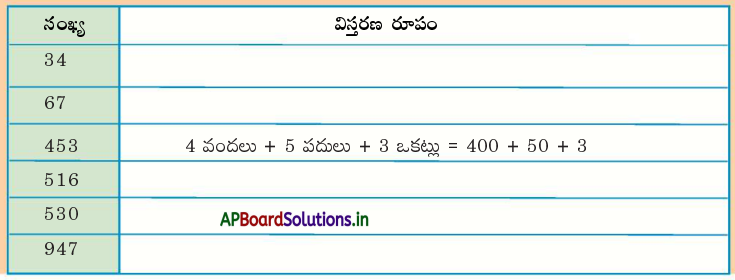
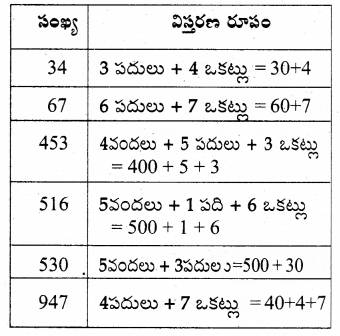


![]()


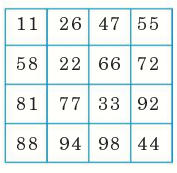
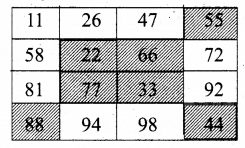
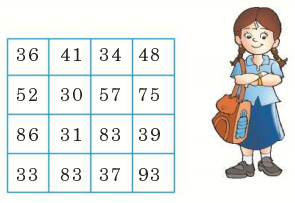

![]()

![]()

![]()

![]()

![]()
![]()

![]()









![]()








![]()








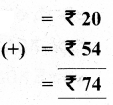
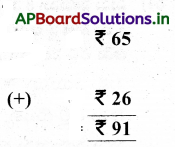
![]()
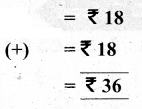
![]()



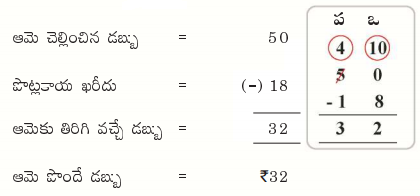
![]()
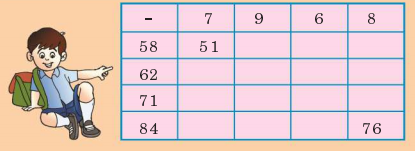
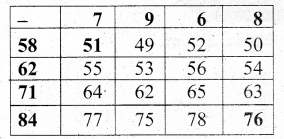
![]()


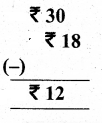

![]()
![]()






![]()




![]()



![]()




![]()














![]()


![]()
![]()


